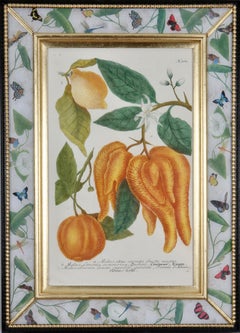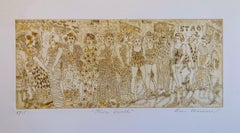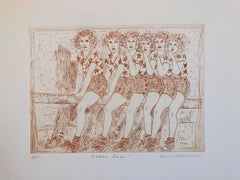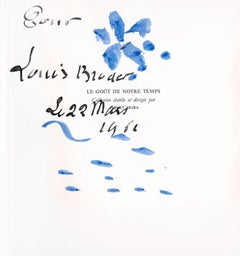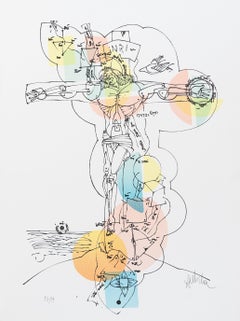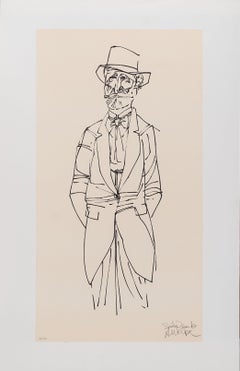Watercolor Figurative Prints
18th Century Watercolor Figurative Prints
Watercolor, Mezzotint
1990s Pop Art Watercolor Figurative Prints
Watercolor, Etching
1990s Pop Art Watercolor Figurative Prints
Watercolor, Etching
1960s Modern Watercolor Figurative Prints
Watercolor
1980s Modern Watercolor Figurative Prints
Ink, Watercolor
1980s Modern Watercolor Figurative Prints
Ink, Watercolor
1970s Modern Watercolor Figurative Prints
Ink, Watercolor
2010s Gothic Watercolor Figurative Prints
Watercolor, Photographic Paper, Archival Pigment
21st Century and Contemporary Victorian Watercolor Figurative Prints
Walnut, Paint, Ink, Spray Paint, Watercolor, Archival Paper, Photographi...
2010s Romantic Watercolor Figurative Prints
Archival Pigment, Photographic Paper, Photographic Film, Watercolor
2010s Romantic Watercolor Figurative Prints
Spray Paint, Watercolor, Archival Pigment
21st Century and Contemporary Gothic Watercolor Figurative Prints
Watercolor, Photographic Paper, Archival Pigment, Photographic Film
2010s Romantic Watercolor Figurative Prints
Archival Pigment, Photographic Paper, Watercolor
2010s Romantic Watercolor Figurative Prints
Photographic Film, Watercolor, Photographic Paper, Archival Pigment
2010s Contemporary Watercolor Figurative Prints
Watercolor, Screen
1760s Old Masters Watercolor Figurative Prints
Watercolor, Etching
2010s Surrealist Watercolor Figurative Prints
Printer's Ink, Watercolor, Color, Etching, Monoprint
2010s Surrealist Watercolor Figurative Prints
Printer's Ink, Watercolor, Color, Etching, Monoprint
2010s Contemporary Watercolor Figurative Prints
Printer's Ink, Watercolor, Color, Etching, Monoprint
2010s Surrealist Watercolor Figurative Prints
Printer's Ink, Watercolor, Color, Monoprint
2010s Abstract Watercolor Figurative Prints
Printer's Ink, Watercolor, Color, Monoprint
